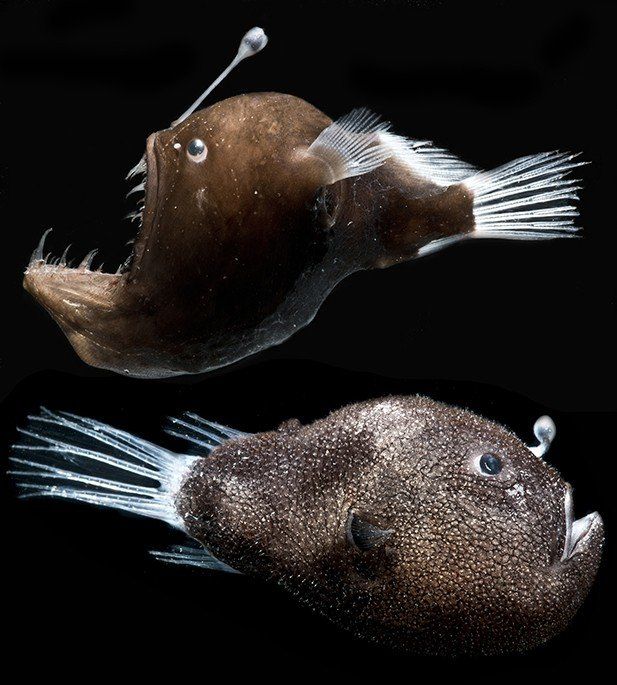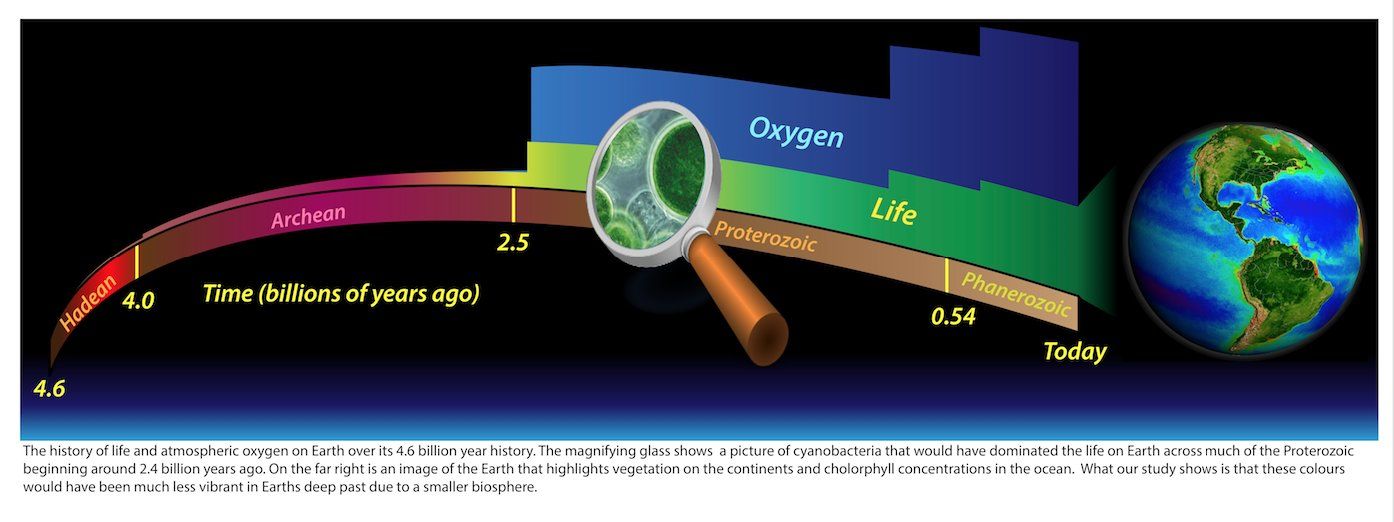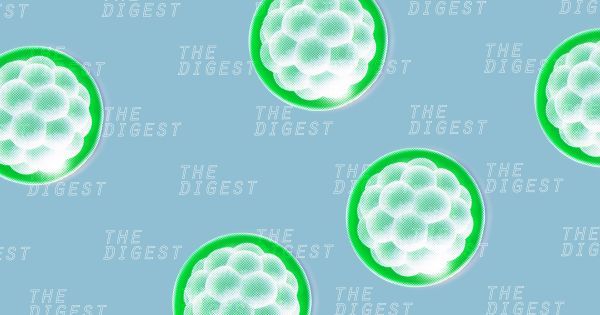You may recognize the anglerfish from its dramatic appearance in the hit animated film Finding Nemo, as it was very nearly the demise of clownfish Marlin and blue-tang fish Dory. It lives most of its life in total darkness more than 1,000 meters below the ocean surface. Female anglerfish sport a glowing lure on top of their foreheads, basically a pole with a light bulb on its end, where bioluminescent bacteria live. The light-emitting lure attracts both prey and potential mates to the fish.
Despite its recent fame, little is known about anglerfish and their symbiotic relationship with these brilliant bacteria, because the fish are difficult to acquire and study.
For the first time, scientists have sequenced and analyzed the genomes of bacteria that live in anglerfish bulbs. The bacteria were taken from fish specimens collected in the Gulf of Mexico.






